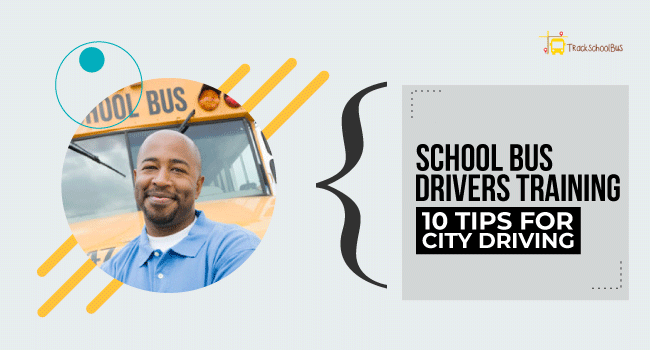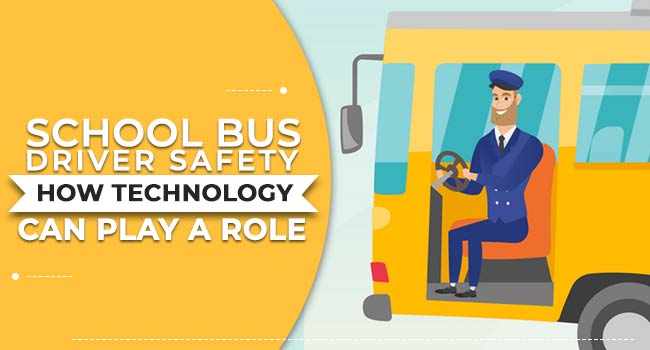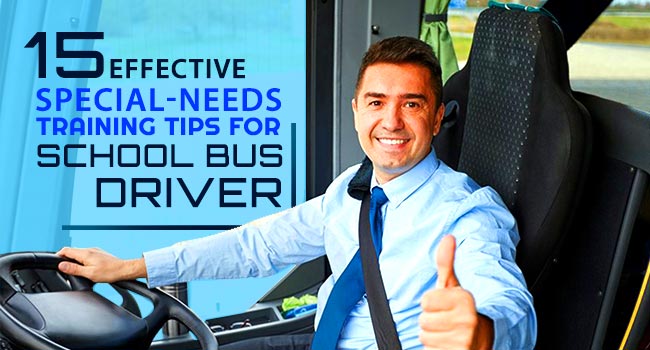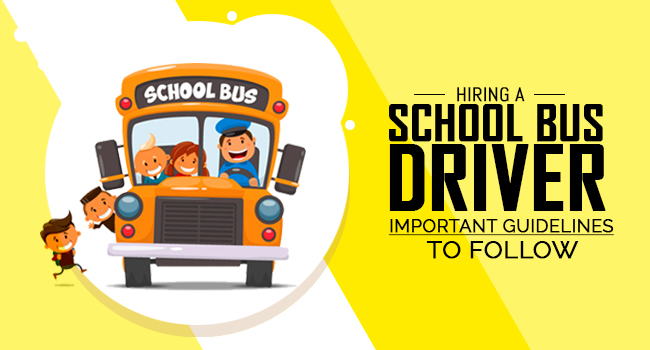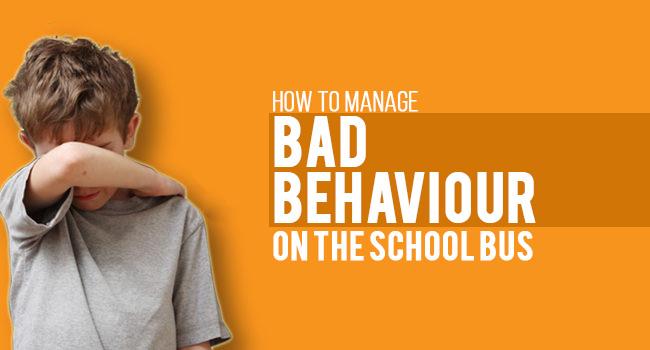Winter is the most inappropriate time for riding any sort of vehicle rather so a school bus.
For a school bus driver the safety of the students is the most important and riskiest job there is, and to carry it out on a winter surface is harder than normal.
School bus drivers should always be prepared for changing weather conditions, it’s always important to bring along additional weather gear to withstand the winter.
Read Also: School Bus Driver Safety – How Technology Can Play a Role
A few of the winter weather gear might include:
- Thermals
- Winter Parka
- Gloves
- Extra Socks
- Winter Boots
- Rain Slicker
- Hat or Knit Cap
- Rags
- Flashlight
- Ice Scraper
Anyone who has driven in snow knows that winter driving is difficult especially for heavy vehicle drivers. Driving a school bus in snow requires a special set of skills to ensure the safety of the students.
Here are few tips for school bus drivers on how to safely drive the bus on winter conditions
1.Plan Early
Don’t wait until winter hits you, take counter measures before hand. Weather conditions can go from mild to harsh in an instant so it’s better to be ready for the winter which is eventually coming. Take up safety measures which include
- Establishing earlier start times and take alternate routes that is much safer from the rash weather
- Ensure a stable communication channel with the faculty
- Conduct a manual check-up for the school buses prior to the winter season ensuring that the vehicle is in tact
2. Train the Drivers
Winter road conditions are not at all similar to normal driving conditions, covered by thick snow the roads will be slick and slippery, the driving rules installed by the transportation ministry would not be enough in keeping the school bus safe.
Therefore school bus drivers should go through a specialized winter training course.
- The driver training should consist of
- Importance of increasing the following distance from a vehicle
- The relevance of reducing the speed
- Importance of slow acceleration, steering, and braking
- Allowing longer stopping distance
Read Also: Futuristic School Bus Transportation
3. Winterize the School Buses
The school buses should be equipped to counter the winter season prior to the start of the season.
The school bus drivers should understand the limitations of their vehicle and must keep regular maintenance of the school bus.
Here are a few tips school bus drivers should keep in mind while winter proofing the school bus
- All the batteries should be tested prior to the season
- Switch to winter tires or assure that all tires have sufficient tread
- Install antifreeze brake line
- Introduce new windshield and wipers for the snowy weather
- Cross check every switches and light to make sure they are functional
- Introduce anti-fog product on interior glass and to reduce the adhesion of snow and ice use rain repellent material on the outside glasses
- To provide emergency traction, the school buses at all time during the winter season should contain an oil absorbent or kitty litter
You don’t know what to expect during the harsh weather, sometimes even skilled driving would not be enough. Following are some additional Do’s and Don’ts to keep in mind
- Be Cautious
Be extra cautious around bus stops, school zones and at bus loading and unloading areas where there exist a huge chance of high snow banks.
- Slow Down, Don’t hurry
In harsh winter conditions don’t hurry, at these times the safety of the students must come above everything including staying on schedule.
- Anticipate the road conditions
During winter the roads will be poor and dangerous so it’s better to keep a healthy distance between the vehicles and other objects in front of you, so that you could react to any unwanted instances en-route.
- Don’t take chances, Drive Safely
In intersections always, be wary of other motorist and if you feel any sort of concern to move forward don’t, sometimes it’s better to take no road at all.
- Be winter proof
Wear winter hats, boots, and clothing that will keep you warm. Rather than the harsh weather, there should not stand any discomfort for you while driving.
- Use of Headlights
Countless accidents have occurred because drivers were surprised by a vehicle which they did not see until it was too late.
During inclement weather conditions like rain, sleet, snow, and hail you should turn on your headlights so others can see you.
In fact, any sort of weather condition which causes vision impairment is enough to turn your headlights on while driving.
- Clear your bus off from Ice
Before you start the vehicle, be sure to wipe out every chunk of snow and ice from the windows, mirrors, headlights and make sure that the vehicle is visible to others.
Under normal driving conditions dealing with traffic, stopping, turning, maintaining the legal speed limit can all be controlled by using good driving techniques.
But when you come up against roads covered with snow and ice the entire dynamic changes.
Read Also: Electric Buses – Where Do We Stand Now
In extreme winter circumstances despite the incredible dangers presented by the slick surface, drivers must exercise great caution and practice the above mention tips to ensure the safety of the vehicle and students.

